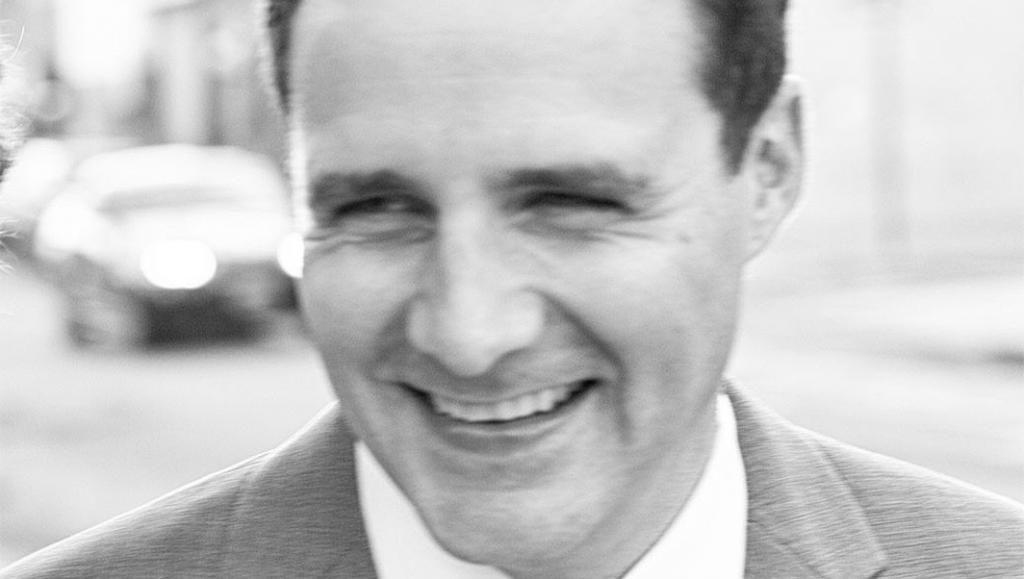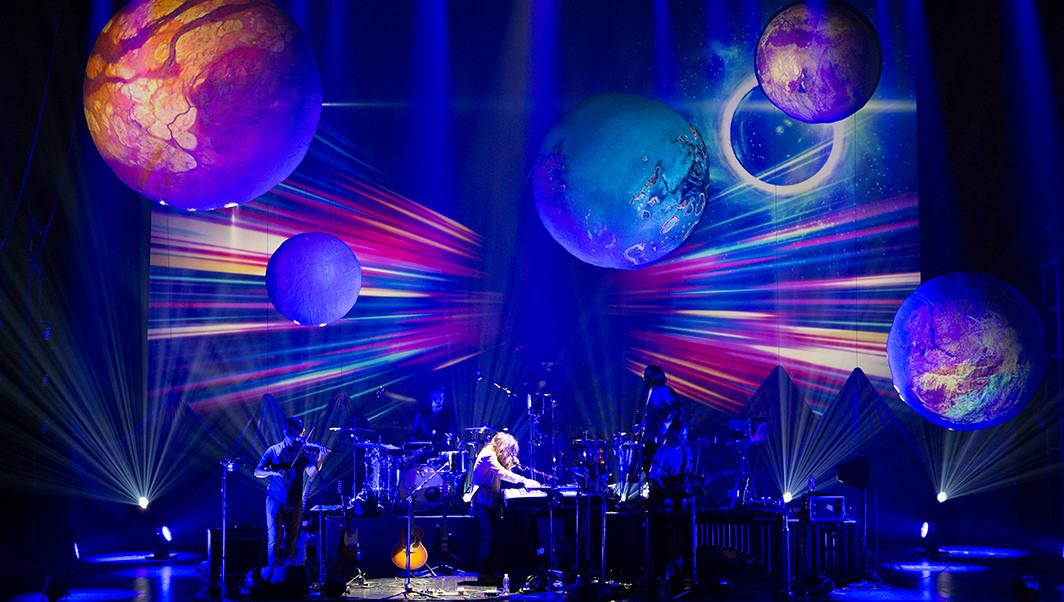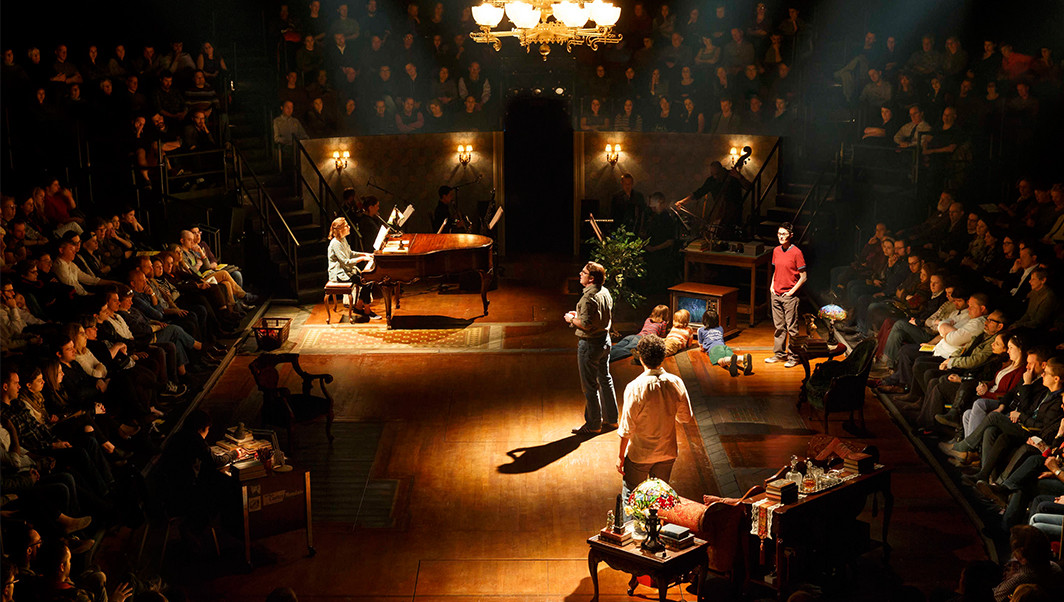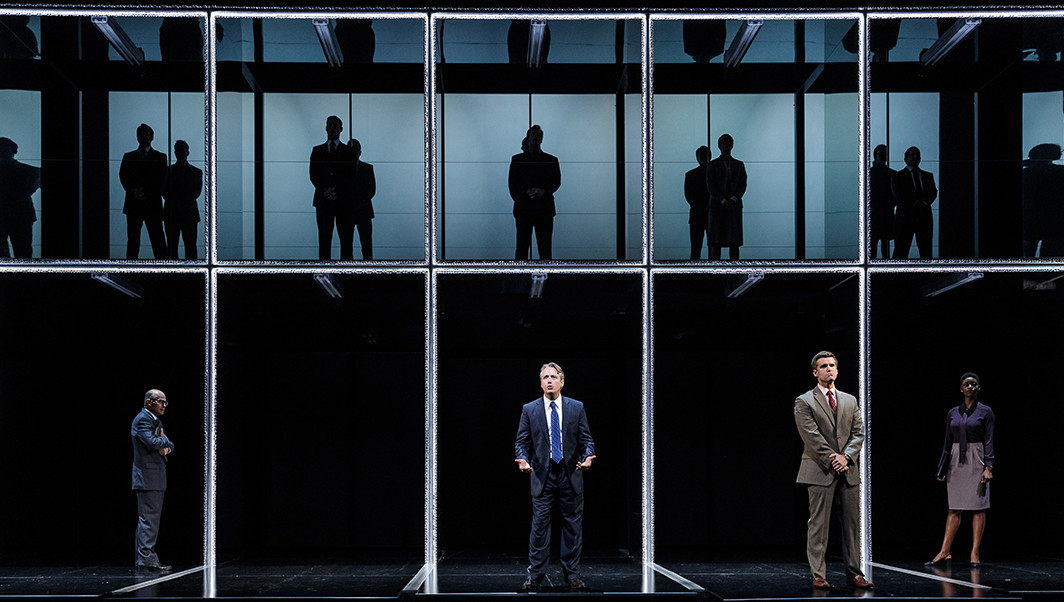Pop Culturalist Chats with Ben Stanton

Ben Stanton has lit stages from concert venues to Broadway. His lighting designs are integral to each production and help immerse the audience in the world they are experiencing. We chatted with Ben about the creation process for lighting design, what his favorite projects have been, and where his lighting designs can be seen later this year.
PC: How did you get into lighting design?
Ben: I was a musician primarily; I started playing drums at an early age. In high school, I was performing and studying music with an eye towards making it my life’s work. The other thing that I really enjoyed doing in high school, though, was working in the theater.
I think maybe because whatever performing bug I had was satisfied through music, I was drawn to what happened behind the scenes. I was interested in climbing around, plugging things in, and figuring out how lighting worked. More importantly, I think, I found my people in the theater. I found a really open-minded, accepting, intelligent group of people to do hard work with. There’s something really satisfying about working really, really hard and making something with people you really like. That was also true of music, but I didn’t always like those people. [laughs]
I did go from my high school to a music BFA program at the University of Massachusetts. I was drawn to that program because the Miles Davis-era jazz drummer Max Roach was a visiting faculty member. For that and other reasons I went to U Mass and studied jazz performance.
It’s funny—I haven’t really articulated this before—but I think what I started to realize after I got to UMass was that the kind of traditional, old-school jazz music I was interested in playing wasn’t really that popular anymore. The scene in New York had changed… and I was studying with people all going into education which wasn’t something I wanted to do. So, I started looking around for something to study that would be intellectually fulfilling and have a clearer path forward. I ended up in the theater department, my other love.
The most important factor was that I met a really wonderful mentor. A lighting design professor there, Penny Remsen, took me under her wing. She not only instilled a passion in me for the work, but she also was able to shine some light on what the next steps in the career path would look like. Unlike the music profession— which in a lot of instances you’re on your own—there’s a culture of apprenticeship in lighting. I was able to get jobs with different lighting designers fairly quickly after I graduated and I was able to support myself in my first years in New York. In those early years I worked as an assistant, apprentice, or intern and, eventually, I built a body of work of my own.
PC: What is your lighting design process like? Is it very collaborative?
Ben: Lighting shows can be very similar to being a drummer in that you’re responding to source material and responding to other creative artists. Ultimately, the whole design team—set designer, lighting designer, sound designer, costume designer, sometimes video designer, the director, and, of course, the writer if the writer is still alive—[work together]. Generally speaking, I’m brought into the process after the set designer and director have had a few conversations. I’m brought in to discuss preliminary ideas that already exist so I’m usually out of the gate responding to not only the script, but also some rough ideas as to what the set design may be. So, I have a lot of source material that’s very specific to the piece.
I also tend to bone-up on whatever is going to make me a useful collaborator. If it’s a period piece, I’m looking at how people lit their homes and how the streets were lit. If it’s a piece like the musical Fun Home that is based on a graphic novel, the obvious thing to do is read the graphic novel. [The process] is a several month period—sometimes several years—where a group of really smart people are going to be talking about this work, and I want to prepare myself to participate in that conversation. [I want to] not just understand what they’re saying, but to be able to offer my own perspective.
After that the process becomes more technical. We draft and make lists, rent lights and install the equipment in the theater. While this work is happening, I’m also in the rehearsal room a lot watching the actors and planning where the light cues are going to go [and] making last minute preparations with the director. Eventually all the creatives and the actors move into the theater together and build the show moment by moment. That’s the really fun part.
PC: You’ve also done lighting for concerts and pieces that don’t have source material. How does that effect your design process?
Ben: Designing theater is usually a very text-centric process but when I’m designing live music, I have to find a different way in. Instead of a literal interpretation, I look for an emotional or spiritual response to the music. Having been a drummer for so many years, I find it pretty natural to put myself back into this non-verbal, responsive place.
Collaboration in the concert world can be very different as well. Some recording artists like to talk about their work; some don’t. Regina Spektor for instance cares a lot about the look of her show, but resists talking about her music. I remember the first time I worked with her I asked her to talk about her album, and she quoted somebody—I’m not going to remember the exact quote—that said that “talking about music is like dancing about architecture”. It was pretty funny and very clear. She didn’t want to intellectualize her work—which I totally respect. So it was up to me to listen to the music, come up with visual interpretation, and present that to her.
When I’m on tour with a band, a lot of times I’m the only “visuals” person on the bus. Everyone else is working in the audio department. It’s definitely different and sometimes a little lonely. There’s a lot more freedom which can be fun, but without feedback it’s sometimes hard to know if you’re making the right decisions. There are exceptions to this. Sufjan Stevens—on his Age
Of Adz tour—used to film each show, and the next morning review the tape and give me notes. It varies pretty wildly from artist to artist.
PC-: When you’re picking which projects to work on, is there a common thread between them all? Is there a particular theme or feeling you want to get for yourself from a piece that you work on?
Ben: Yeah, it’s always a bit of a cocktail of the piece itself, who’s making it, and where it’s happening. It’s a combination of those three elements that makes a piece attractive or not attractive to me. Also, I’m looking for work that will showcase what I do well and allow me to do my best work. If there’s a piece that I really don’t understand or something that I feel like I’ve been doing a lot of lately, I may decide not to do it. But, you know, I have a very young baby at home, so if a show fits into my schedule and doesn’t require me to travel, I’ll usually say yes. My wife and I are both free-lance theater artists so we both are eager to stay busy—ideally doing challenging and exciting work. When we get to work on the same project it’s even better.
PC: Out of the productions you have done, is there one that sticks out to you as your favorite?
Ben: It’s a bit of an obvious choice: Fun Home. Fun Home was really remarkable experience for me, in part because we got to do it in so many different ways. By the time the show made it to
Broadway, I had designed it twice. Each time I lit it, it was a completely new thing.
The first time I designed the show it was a very small workshop production at The Public Theater. I remember the creative team had a bunch of scenic and video ideas that we were exploring based on a trip we all took to Allison Bechdel’s home in Vermont. We documented her entire work space and filmed her working. We really focused on understanding who she was, how she worked, and how her space looked and functioned. We wanted to incorporate that information into our designs. I don’t get to do that kind of in-depth research and travel on many shows.
By the time we got to the second production at the Public, we had jettisoned a lot of those initial design ideas. Through the workshop process we discovered that the piece needed to exist in a more fluid theatrical space. When the show went to Broadway, we again had to find a new way of articulating the story because we were presenting the show in the round. It’s difficult to light a musical in the round. Particularly when the show is as delicate and quiet as Fun Home. The forth time I designed Fun Home was the first national tour, and we’re headed to London in June for our fifth incarnation. Each production presents new design challenges and we deepen our understanding of what makes the show work.
PC: One of your recent credits is for Junk, which played last fall and early winter. It was a complex play about the New York financial world of the 1980s. What was the biggest challenge for that show?
Ben: There was a tempo to that production that was really important to find. There is a lot of information for the audience to digest in that piece and there are a ton of locations. The challenge
was how to tell the story as quickly and ruthlessly as the characters themselves and how to get from place to place as efficiently as possible. It came down to lighting, audio, and video to create locations with a minimum of scenery. We had to find abstract ways to get across all these locations. We also wanted to allow this piece to maintain a certain universality. We were interested in not being too grounded in one time period in hopes that the takeaway from the play would be universal.
PC: With all the productions you have done—theater and concerts—is there a type of event or genre of story that you’d like to work on that you haven’t yet?
Ben: That’s interesting. I would love to light more opera and dance if possible, but truthfully the thing that has been most rewarding in my career has been the diversity in it. It keeps me interested, and I get to learn so much. So, more opera and dance would be great. It’d also be fun to do something in Las Vegas. Those shows have an aesthetic all their own that would be interesting to contemplate.
PC: Aside from Fun Home in London, what other projects are you working on?
Ben: I’m doing a new musical directed by Susan Stroman called The Beast in the Jungle. The music is written by John Kander and the book writer is David Thompson. It’s a “movement musical” loosely based on the novella by Henry James and I have to say the music and choreography are gorgeous. It’s going to be a huge challenge to do off-Broadway, but I’m thrilled to have an
opportunity to work on it.
Another project I have is a play called The Low Road by Bruce Norris. It’s directed by Michael Greif at the Public Theater. It’s a remarkable play that explores the many down sides of American capitalism. It’s very different from Junk, but it scrutinizes many of the same themes.
Pop Culturalist Speed Round
Guilty Pleasure TV Show
My wife and I just renovated our apartment so I’ve been obsessed with Fixer-Upper.
Favorite Movie
Before Night Falls
Favorite Play or Musical
A Cherry Orchard by Anton Chekov
Artist You Could Listen to on Repeat
Sufjan Stevens
Place You Most Want to Travel to
Hong Kong, Singapore, Vietnam…
Favorite Place You Have Been
Toss up between Prague and Budapest
Person You’d Like to Meet Someday
Michelle Obama
For more information on Ben Stanton’s work, take a look at his website.





Discussion about this post